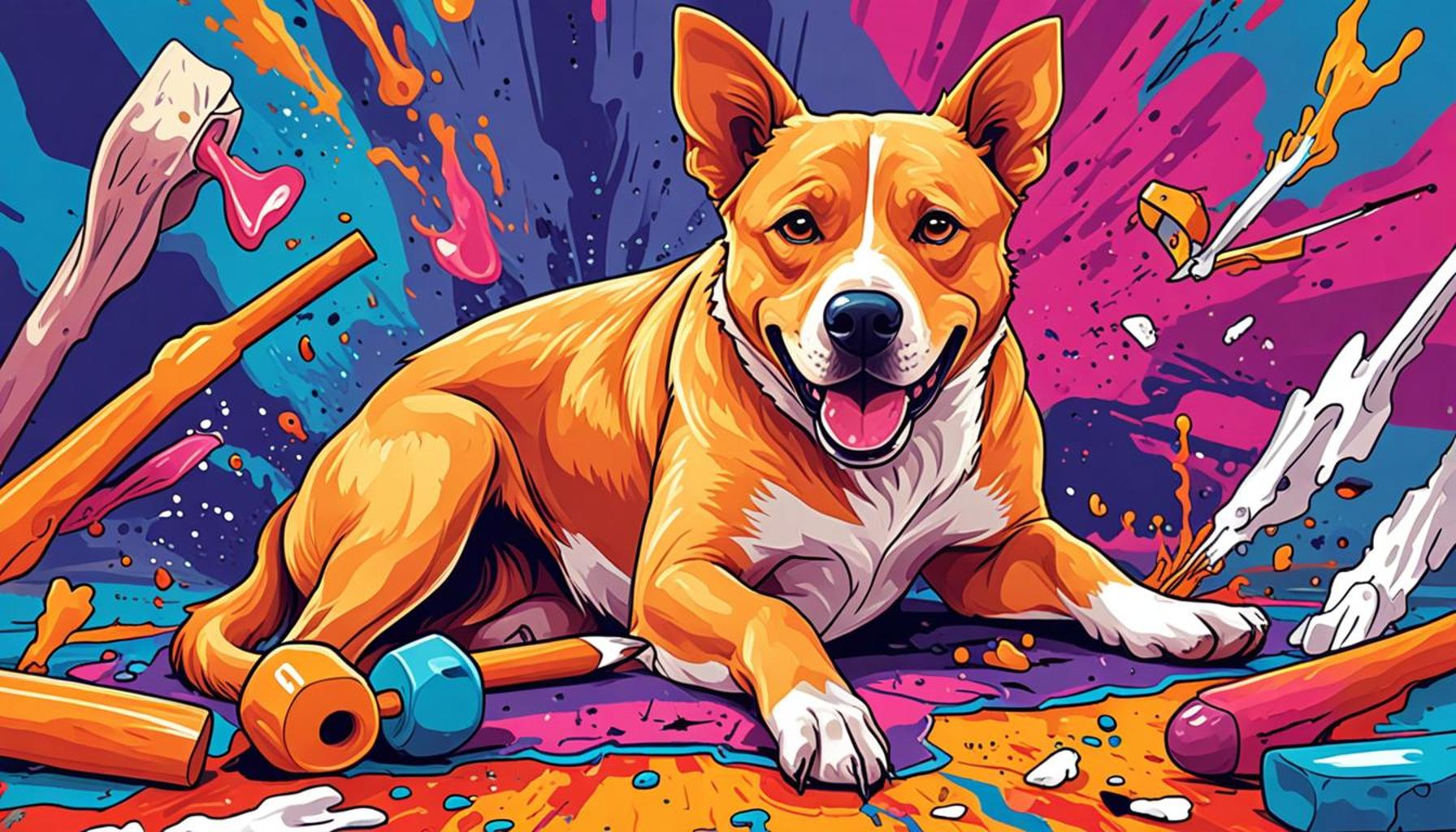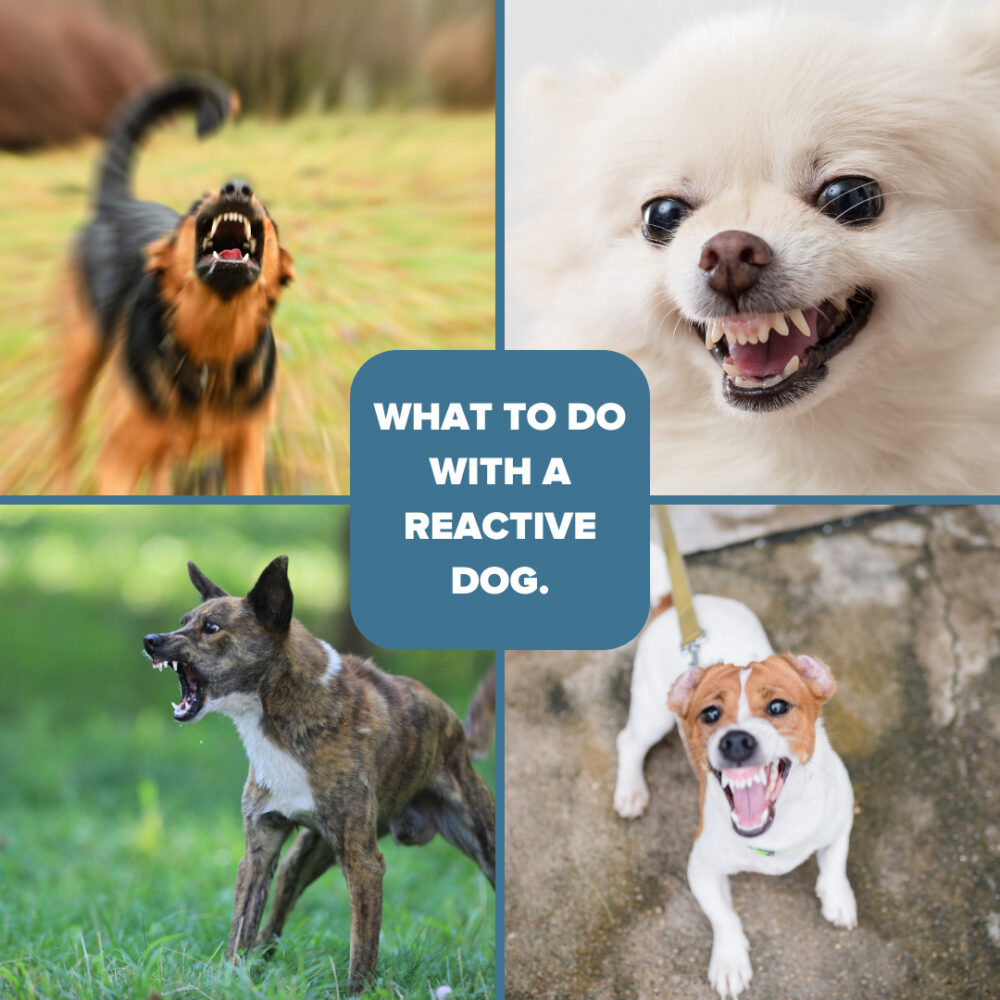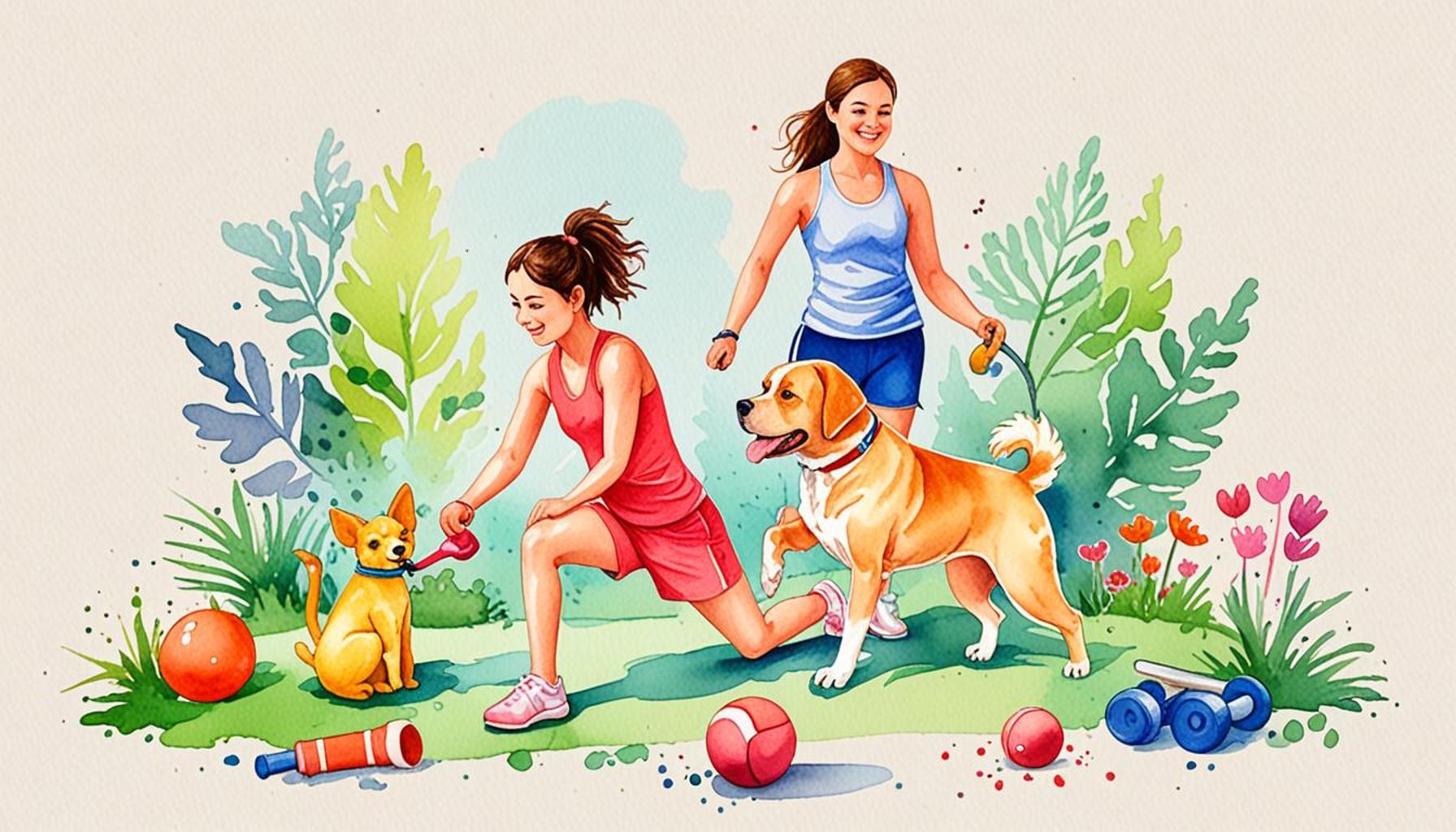How to Manage Aggressive Behavior in Rescued Dogs Effectively

Understanding Aggressive Behavior in Rescued Dogs
The journey of adopting a rescued dog can be both rewarding and challenging. While many dogs find a loving home, some come with background histories that manifest as aggressive behavior. Recognizing and managing this behavior is crucial for fostering a harmonious household.
Addressing aggression in rescued dogs involves recognizing the multifaceted nature of their experiences. Understanding the root causes can make a significant difference in how to approach the situation. Several factors commonly contribute to aggressive behavior:
- Previous Trauma: Many rescued dogs have faced neglect, abuse, or abandonment before arriving at a shelter. These traumatic experiences can lead to deep-seated emotional scars that trigger aggressive responses to perceived threats. For instance, a dog that has been physically punished may react aggressively when feeling cornered or threatened, mistakenly interpreting a non-threatening gesture as an attack.
- Fear Responses: A significant number of aggressive behaviors stem from fear. When rescued dogs are exposed to unfamiliar environments, people, or sounds, they may feel overwhelmed. For example, a dog that cowers or attempts to hide might resort to aggression if approached too quickly or forcefully. Recognizing these fear-based triggers is vital for tailoring a response that promotes safety for both the dog and its human companions.
- Resource Guarding: Some dogs exhibit aggressive behaviors when they feel their possessions are threatened. This can include food, toys, or even resting spaces. For instance, a dog might growl or snap if a person comes near its food bowl during mealtime, showing a protective instinct that stems from insecurity about the availability of resources.
Understanding these triggers can pave the way for effective management strategies tailored to each dog’s individual needs. Implementing a consistent and humane approach can make a significant difference:
- Behavioral Training: Engaging the expertise of a professional dog trainer is invaluable. Trainers often employ specific techniques, such as desensitization exercises and counter-conditioning, that can help modify aggressive responses in a structured manner.
- Positive Reinforcement: Reward systems that encourage desired behaviors can reshape a dog’s emotional responses. Simple actions, like rewarding a dog for calm behaviors with treats or praise, can build new, positive associations with previously intimidating situations.
- Socialization: Gradual exposure to a variety of environments, individuals, and other dogs can significantly help build a rescued dog’s confidence. Taking a timid dog to a controlled social setting, such as an obedience class, can provide an opportunity for positive experiences while learning boundaries and appropriate interactions.
By delving into these elements, you empower yourself to facilitate a smoother transition for your furry friend. Each step taken toward effectively managing aggression not only improves the quality of life for the dog but also strengthens the bond between pet and owner. This journey may require patience and understanding, but with time and dedication, many rescued dogs can thrive in their new environments, turning their past struggles into stories of resilience and hope.

SEE ALSO: Click here to read another article
Strategies for Managing Aggressive Behavior
When faced with aggression in rescued dogs, it is important to remember that these behaviors are often rooted in fear, anxiety, or past trauma. Consequently, the management of aggressive behavior is not merely about correction but understanding and fostering an environment where the dog can feel safe and supported. Below are several effective strategies that owners can adopt to manage and mitigate aggression:
- Establish a Safe Space: Creating a designated area in your home where the dog feels secure can significantly reduce anxiety. This space should be free from noise and distractions, where the dog can retreat when feeling overwhelmed. Utilizing a crate or a specific room with comfortable bedding and toys can help the dog establish a sense of ownership and control over its environment.
- Consistent Routine: Dogs thrive on routine, as it makes them feel more secure. Establishing a daily schedule for feeding, walks, and playtime can help mitigate anxiety and unpredictable behavior. Knowing what to expect each day can boost a rescued dog’s confidence and reduce aggressive tendencies that stem from stress.
- Gradual Exposure: For a dog that displays fear-based aggression, gradual exposure to new experiences can foster comfort and confidence. This technique involves slowly introducing the dog to various stimuli, such as different environments, people, and other pets, in a controlled manner. Start with less intimidating encounters and slowly build up to more challenging situations. This approach, known as desensitization, can be beneficial in reducing the level of aggression by helping the dog to understand that these experiences are not threatening.
- Utilizing Appropriate Gear: When handling aggressive dogs, the right tools can make a substantial difference. Consider using a properly fitted muzzle during training or socialization sessions to ensure safety while allowing you to instill confidence in the dog. Harnesses that provide better control and security can also be beneficial, as collars alone may not offer the same degree of assurance.
- Professional Support: Engaging with a certified dog behaviorist or trainer experienced in dealing with aggression can be invaluable. These professionals can assess your dog’s specific behaviors and provide personalized strategies tailored to your situation. Additionally, they can help you learn how to read your dog’s body language more effectively, enabling you to recognize the early signs of stress or anxiety and proactively manage situations that could lead to aggression.
While it may be tempting to react with discipline when confronted with a rescued dog’s aggression, understanding the underlying reasons for these behaviors is essential. When you employ effective management techniques, you not only reduce aggressive incidents but also promote healing and trust within the relationship. Remember, patience is key. As you implement these strategies, your rescued dog will likely take positive strides toward becoming a more confident and well-adjusted companion. Over time, you may find yourself enjoying a stronger bond built on love, understanding, and mutual respect.
| Management Strategy | Description & Benefits |
|---|---|
| Positive Reinforcement | Using treats or praise to encourage desired behavior helps build trust and reduces aggression. |
| Consistent Training | Regular training sessions create structure and understanding, which can mitigate fear-based responses linked to aggression. |
| Safe Space Creation | Establishing a safe area allows the dog to retreat, reducing stress and potential triggers that may provoke aggressive behavior. |
| Professional Help | Seeking expertise from a certified dog trainer or behaviorist provides tailored strategies and reassurance for dog owners. |
Managing aggressive behavior in rescued dogs can often seem daunting, but employing appropriate strategies encourages positive interactions and fosters a peaceful cohabitation environment. Positive reinforcement is essential for shaping behavior, as it not only rewards good behavior but also strengthens the bond between dog and owner. In contrast, consistent training lays a foundation for understanding commands, easing anxiety that often leads to aggressive outbursts.Equally important is the psychological aspect; creating a safe space in your home helps your dog feel secure and encourages self-regulation during stressful encounters. Moreover, if challenges persist, enlisting professional help can introduce innovative behavior modification techniques tailored specifically to your rescued dog’s needs.
SEE ALSO: Click here to read another article
Long-term Approaches to Behavior Modification
In addition to immediate strategies, managing aggressive behavior in rescued dogs requires **long-term behavior modification** plans. These approaches focus on reshaping the dog’s reactions and emotional responses, creating a well-rounded and stable pet. Implementing the following methods can be pivotal in your dog’s transition from anxiety-fueled aggression to a more relaxed demeanor.
- Positive Reinforcement Techniques: Reward-based training is immensely effective in changing behavior, especially for rescued dogs. By using treats, praise, or playtime as rewards for positive interactions and calm behavior, dogs learn to associate good feelings with certain situations or stimuli. This technique, rooted in the principles of operant conditioning, encourages dogs to repeat desired behaviors, thereby reducing aggressive reactions over time.
- Clicker Training: Another powerful method in the realm of positive reinforcement is clicker training. This involves using a clicker to mark desired behavior followed by an immediate reward. The distinct sound of the click helps dogs quickly make the connection between the action and the reward. Clicker training can also be instrumental in teaching alternative behaviors during situations that may provoke aggression, redirecting their focus from the source of anxiety to the training task instead.
- Teach the “Look at Me” Command: Teaching your dog to focus on you can be a game changer. The “look at me” command involves training your dog to make eye contact with you, creating a bond and shifting their attention away from potentially aggressive triggers. This helpful command can be introduced during calmer moments and gradually applied in challenging situations, allowing you to assert control and gently guide them through difficult experiences.
- Controlled Socialization: While gradual exposure is crucial, controlled socialization with other dogs and people is equally significant. Regular interactions in a safe and supervised environment can help build the dog’s confidence and reduce fear of the unknown. Look for local training classes designed specifically for reactive or aggressive dogs. Engaging with other dogs in structured settings will not only aid in behavior modification but also create a sense of community and support for you as an owner.
- Monitoring Body Language: Understanding canine body language can help you preemptively address situations that could lead to aggressive behavior. Study signs of stress in dogs, such as tail tucking, lip licking, or avoiding eye contact. By recognizing these cues early, you can mitigate triggers before they escalate. Keeping a journal of your dog’s behavior in different situations can also help identify patterns and determine what specific experiences lead to aggression.
As you work on rehabilitating your rescued dog, it is vital to acknowledge that progress may be slow. Each dog is an individual with a unique history — some may bounce back quickly, while others may take months or even years to overcome their fears. Utilizing these techniques and remaining patient will not only enhance your understanding of dog behavior but also strengthen the bond you share with your rescue.
SEE ALSO: Click here to read another article
Final Thoughts on Managing Aggressive Behavior in Rescued Dogs
Effectively managing aggressive behavior in rescued dogs is an ongoing journey that requires patience, commitment, and a tailored approach. While implementing immediate strategies can help mitigate aggressive incidents, the key to long-lasting change lies in understanding and addressing the root causes of their behavior. As highlighted in this guide, utilizing techniques like positive reinforcement, clicker training, and controlled socialization can pave the way towards a more harmonious relationship between you and your rescued dog.
It’s essential to remember that the path to a calmer, more sociable pet is not a linear one; it encompasses ups and downs as your dog learns to trust and adapt to their new environment. By recognizing body language signals and carefully managing exposure to potential triggers, you can foster a supportive atmosphere where your dog feels secure. Documenting their progress will not only offer insights into their behavior patterns but will also encourage you to celebrate small victories along the way.
Finally, collaborating with a veterinary behaviorist or a professional trainer experienced in dog rehabilitation can further enhance your strategy, offering personalized support as you navigate the complexities of canine behavior. The rewards of diligently working to manage aggressive tendencies are profound—allowing your rescued dog to thrive, ultimately transforming not just their life, but yours as well. Embrace the journey ahead, and witness the remarkable strides your dog can make along the way.



